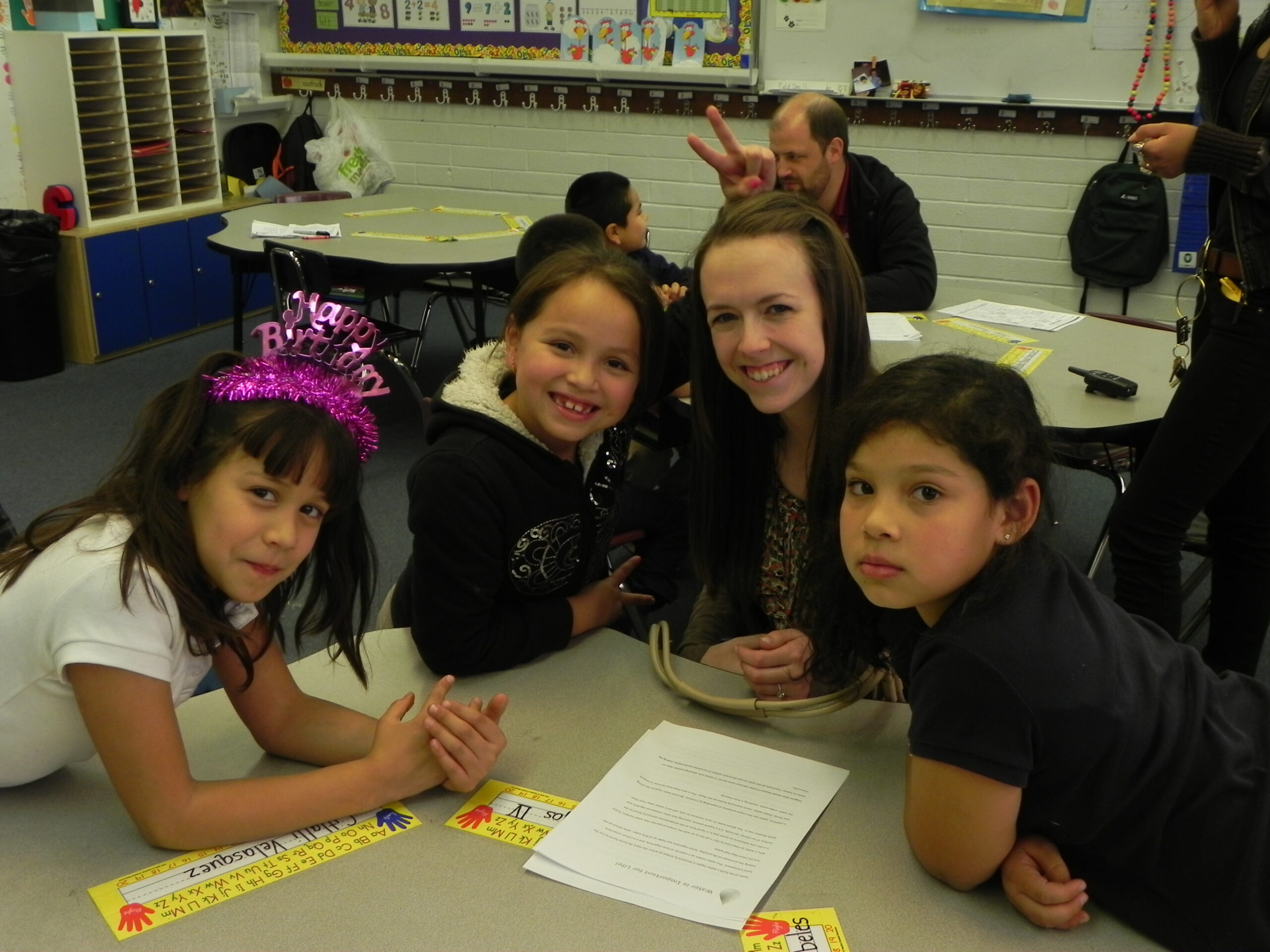
Granger Community School Coordinator
What is a 90-90-90 school? A 90-90-90 school is a school in which 90% of its students are low income, 90% of its students are ethnic minority, and 90% of its students score proficient on standardized tests. In essence, students in a 90-90-90 school are academically successful and engaged in learning despite various barriers they may face.
This is a big deal.
This is a big deal is because in America, income and race continue to be strong predictors of student achievement, and low income and racial minority students score disproportionately low on standardized tests. To be clear, race and ethnicity do not cause low student achievement, but rather are correlated with outcomes due to a number of factors. The real causes are connected to things such as access to high-quality literacy tools and early learning experiences, limited access to healthcare, transportation barriers, and others. Not coincidentally, these are the areas in which United Way of Salt Lake works with partners to align programs in the Promise Partnership neighborhoods, in order to ensure large-scale change for families and their communities.
Schools are also focusing to ensure that high-poverty and high-racial minority schools do not equate to low school scores, hence, the 90-90-90 school model. 90-90-90 schools have 5 central tenets:
- laser-like focus on student achievement
- collaborative scoring of student work
- frequent assessment and multiple opportunities for student achievement
- emphasis on non-fiction writing
- clear curriculum choices
Interestingly, most of these are achieved the same way we achieve real impact in the nonprofit sector: through intense collaboration, sharing data, and aligning separate approaches. However, in the case of schools, it is collaboration among teachers, either in the same grade level (elementary) or in the same subject area (secondary). These collaborative teams are called Professional Learning Communities (PLCs) or School Data Teams.
In 90-90-90 schools, teachers work together to identify the priority standards out of the Utah Common Core that they need to teach, and then work together to develop quick, meaningful assessments that are given to students so they know who gets it and who doesn’t. The teachers work in their Data Teams to pour over results and figure out how to modify their teaching, making sure all of the students get exactly what they need. The last critical component is to involve the students in this process. Sharing data with students to help set goals, teaching them how to predict their scores based on their awareness of the material, and ownership over the results, is critical.
Schools and districts have long known these are the keys to successful schools, and what is most exciting is United Way of Salt Lake is now offering support to make sure the steps are successful. Whether it is creating data tools, or trying to provide teachers with opportunities for high-quality collaboration, UWSL is now a committed partner in the 90-90-90 model!

